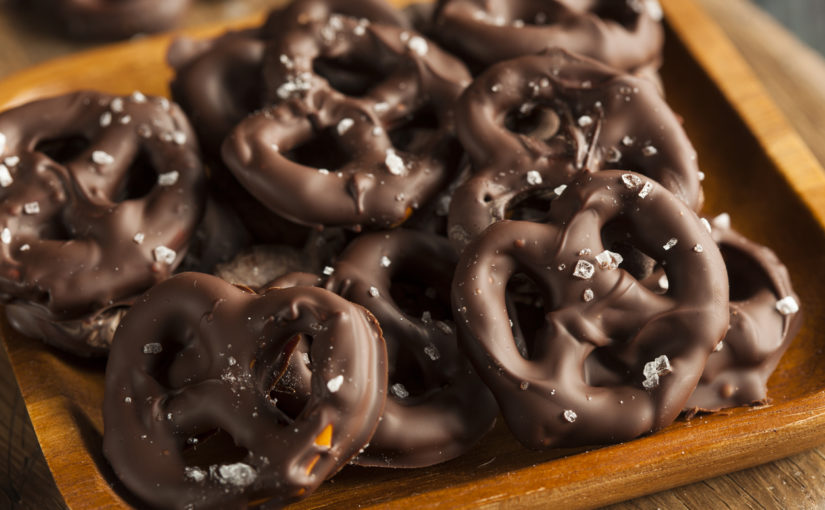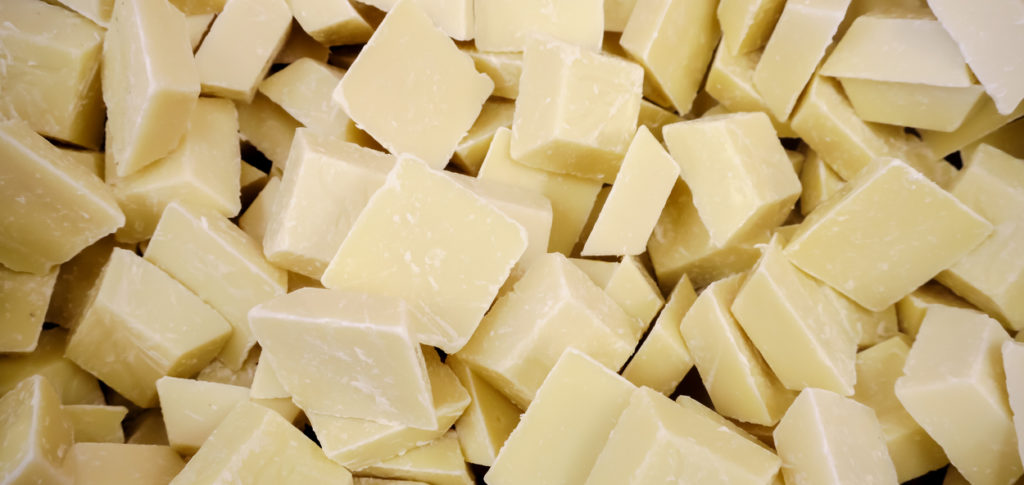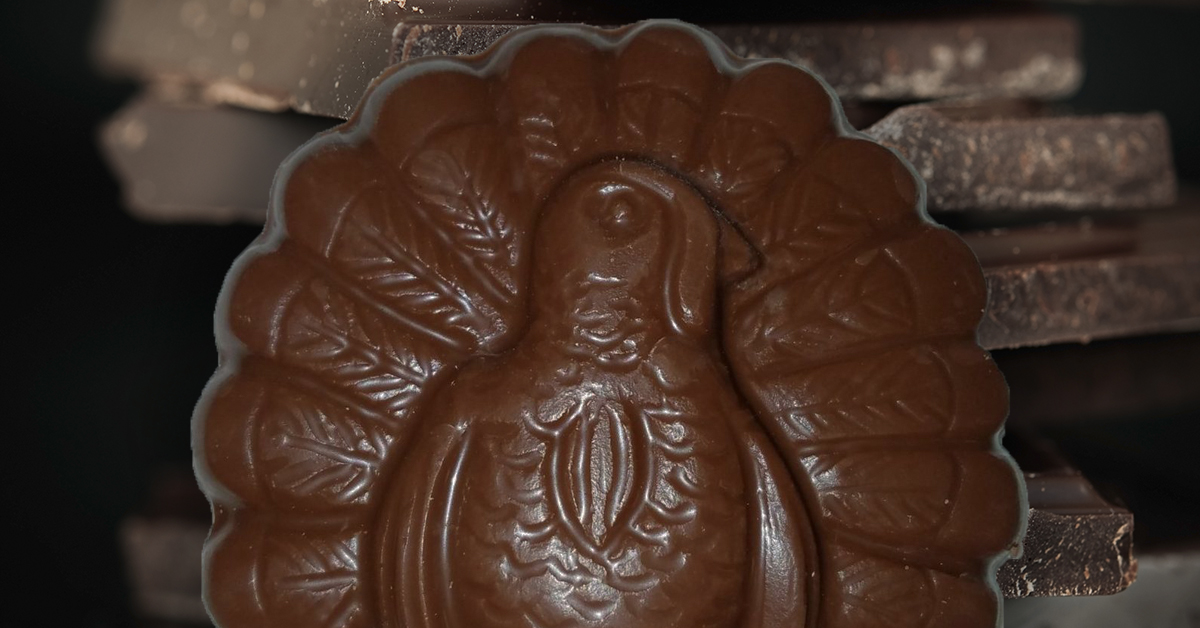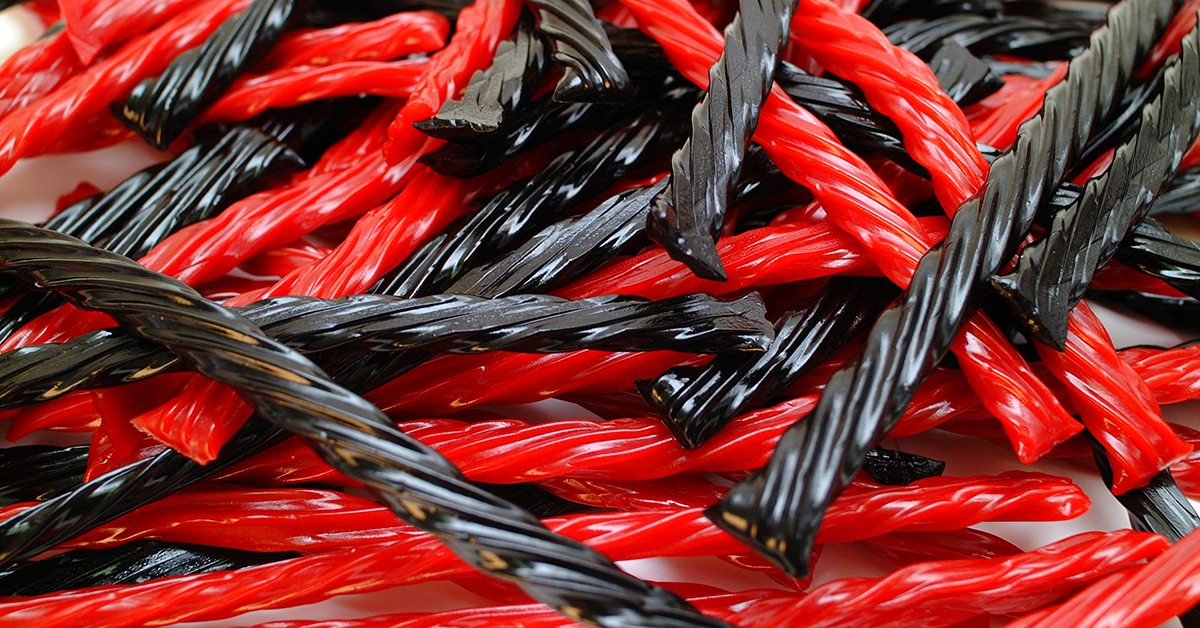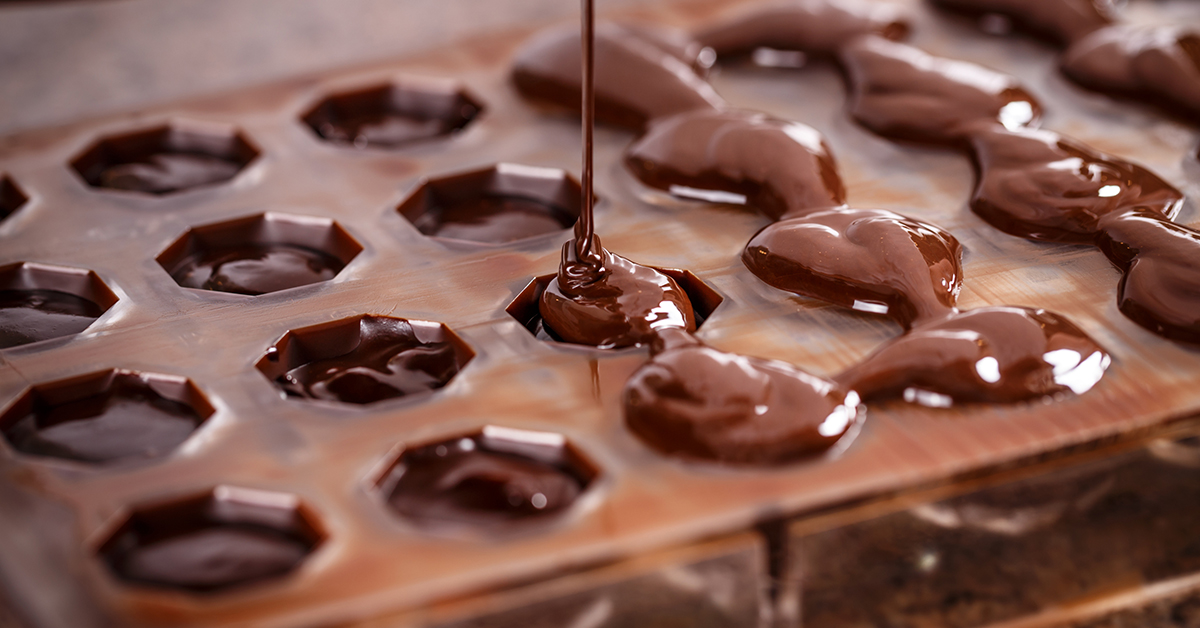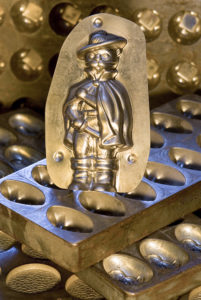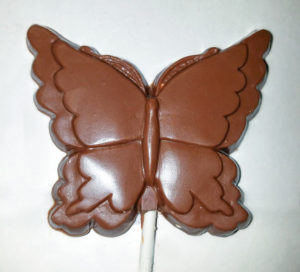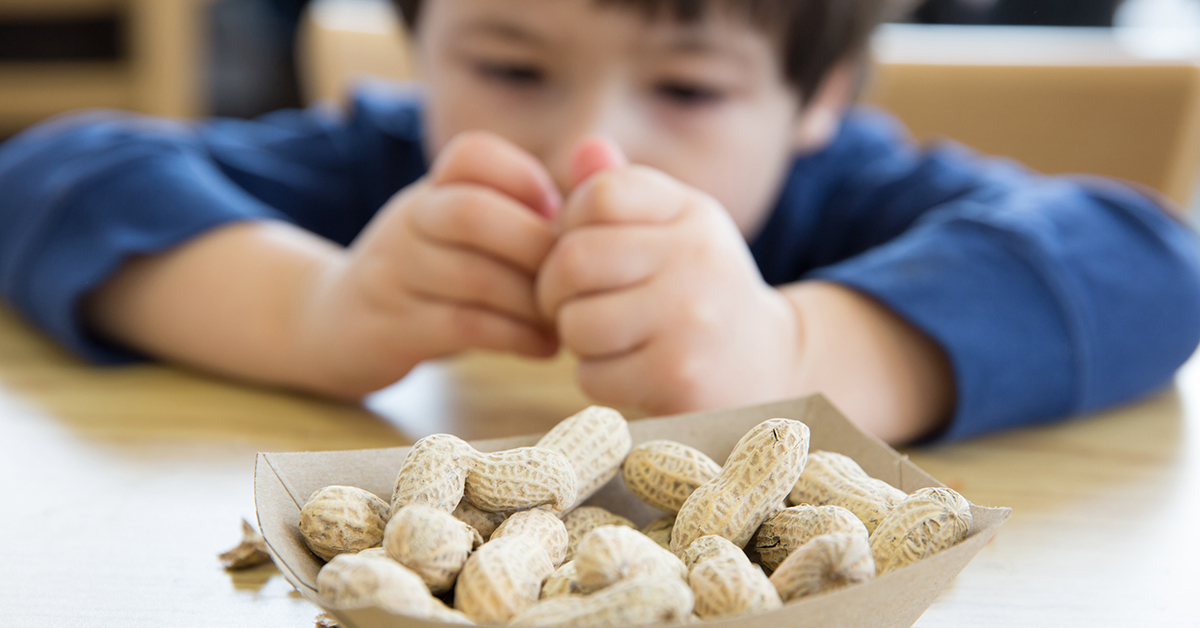Somewhere along the lines, people figured out that salty and sweet foods can be great together.
Maybe it was whoever came up with milk chocolate covered pretzels, or the creator of salted caramel, or even the first person to dip a French fry into their milkshake.
That’s to say nothing of classics like peanut butter cups or more adventurous concoctions such as chocolate covered bacon.
We know these pairings taste good, but why? Read on to learn the science behind the heavenly marriage of salt and sweet.
Continue reading A Marriage Made in Taste Heaven: Salt Meets Sweet →


